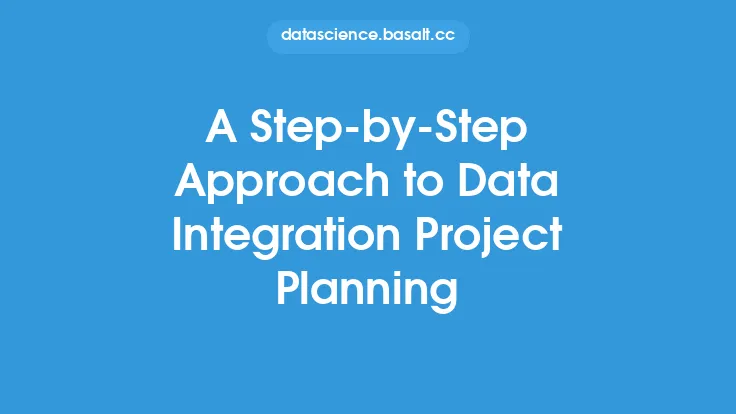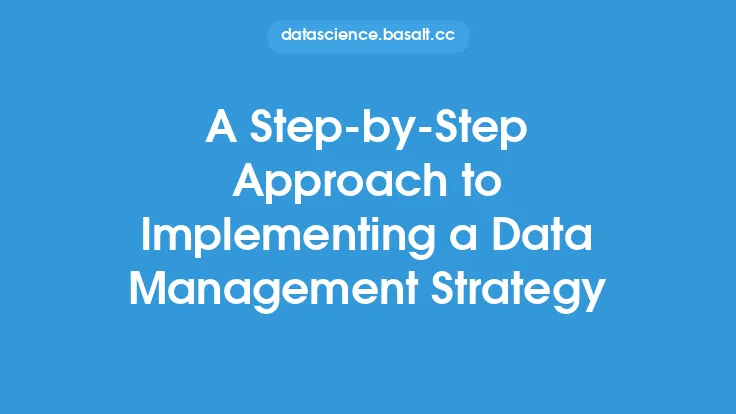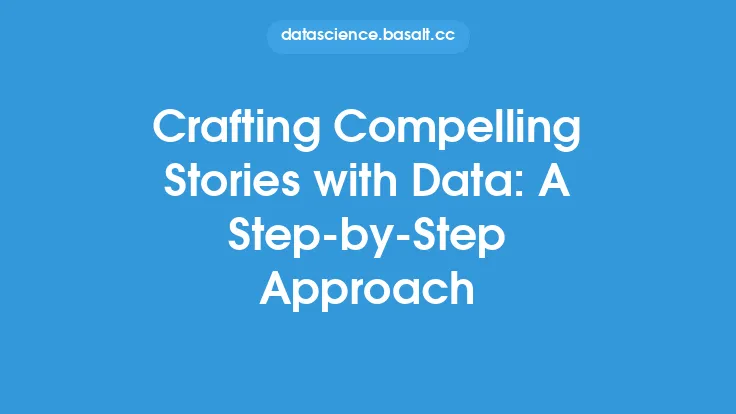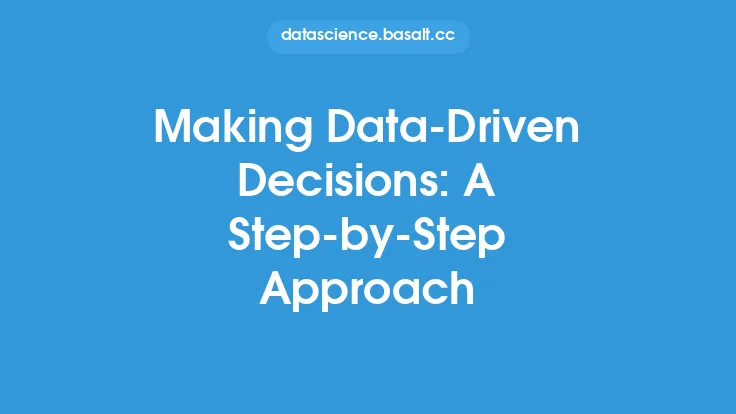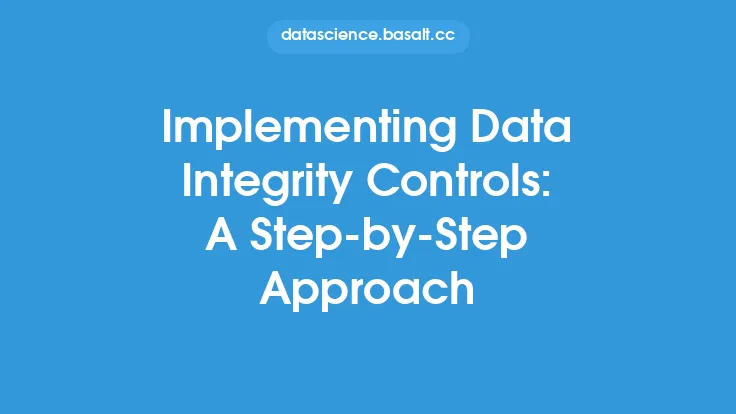Migrating data to the cloud is a complex process that requires careful planning, execution, and monitoring. As more organizations move their data to the cloud, it's essential to understand the step-by-step approach to ensure a successful migration. In this article, we'll delve into the details of migrating data to the cloud, covering the preparation, assessment, planning, execution, and post-migration phases.
Introduction to Cloud Data Migration
Cloud data migration involves transferring data from on-premises storage systems to cloud-based storage systems. This process can be challenging due to the complexity of data formats, security concerns, and network bandwidth limitations. However, with a well-planned approach, organizations can minimize downtime, reduce costs, and improve data accessibility. The first step in migrating data to the cloud is to understand the benefits and challenges associated with cloud data migration. The benefits include scalability, flexibility, and cost-effectiveness, while the challenges include data security, compliance, and network bandwidth limitations.
Assessing Data Readiness for Cloud Migration
Before migrating data to the cloud, it's essential to assess the data readiness. This involves evaluating the data format, size, and complexity. Organizations should identify the types of data to be migrated, such as structured, unstructured, or semi-structured data. They should also assess the data quality, including data accuracy, completeness, and consistency. Additionally, organizations should evaluate the data security and compliance requirements, including data encryption, access controls, and regulatory compliance. The assessment phase helps organizations to identify potential risks and develop strategies to mitigate them.
Planning the Cloud Data Migration
The planning phase is critical to the success of cloud data migration. Organizations should develop a comprehensive migration plan, including the migration strategy, timeline, and budget. They should identify the cloud service provider, such as Amazon Web Services (AWS), Microsoft Azure, or Google Cloud Platform (GCP), and the cloud storage options, such as object storage, block storage, or file storage. Organizations should also plan for data transformation, data validation, and data quality checks. The planning phase should include a detailed risk assessment and mitigation strategy to ensure minimal downtime and data loss.
Executing the Cloud Data Migration
The execution phase involves the actual migration of data to the cloud. Organizations can use various migration tools and techniques, such as data replication, data synchronization, or data transfer. They should ensure that the data is encrypted and secure during transit and at rest. Organizations should also monitor the migration process to ensure that it's completed within the planned timeline and budget. The execution phase requires careful planning and execution to minimize errors and ensure data integrity.
Post-Migration Activities
After the data migration is complete, organizations should perform post-migration activities to ensure that the data is accurate, complete, and consistent. They should validate the data to ensure that it's been migrated correctly and that there are no errors or inconsistencies. Organizations should also update the applications and systems to point to the new cloud-based data storage. Additionally, they should monitor the data storage and performance to ensure that it meets the required service level agreements (SLAs). The post-migration phase is critical to ensuring that the data is usable and accessible to the users.
Best Practices for Cloud Data Migration
To ensure a successful cloud data migration, organizations should follow best practices, such as:
- Developing a comprehensive migration plan
- Assessing data readiness and quality
- Evaluating cloud service providers and storage options
- Planning for data transformation and validation
- Ensuring data security and compliance
- Monitoring the migration process
- Validating data post-migration
- Updating applications and systems
- Monitoring data storage and performance
Common Challenges and Mitigation Strategies
Cloud data migration can be challenging due to various reasons, such as data security concerns, network bandwidth limitations, and data format complexities. To mitigate these challenges, organizations can use various strategies, such as:
- Using data encryption and access controls to ensure data security
- Using data compression and deduplication to reduce network bandwidth requirements
- Using data transformation and validation tools to ensure data quality
- Using cloud-based data migration services to simplify the migration process
- Using monitoring and logging tools to track the migration process and identify errors
Conclusion
Migrating data to the cloud requires careful planning, execution, and monitoring. Organizations should assess data readiness, plan the migration, execute the migration, and perform post-migration activities to ensure a successful migration. By following best practices and using mitigation strategies, organizations can minimize risks and ensure a smooth transition to the cloud. As the cloud continues to evolve, it's essential to stay informed about the latest trends and technologies to ensure that data is migrated efficiently and effectively.
